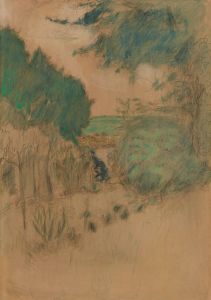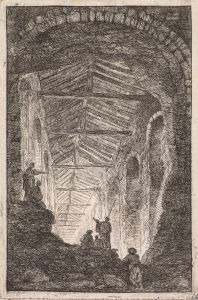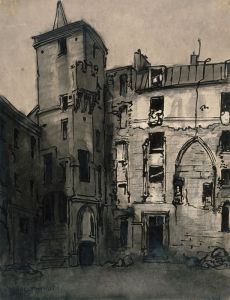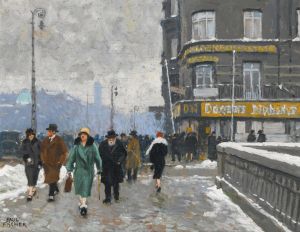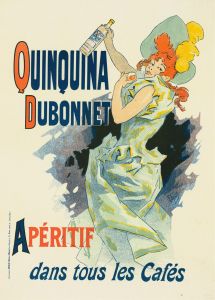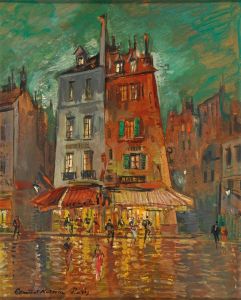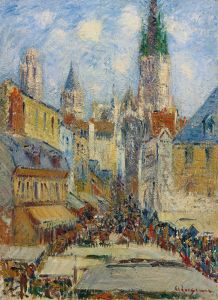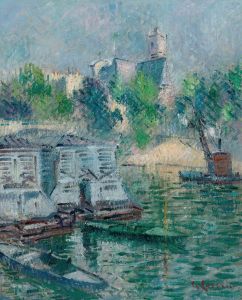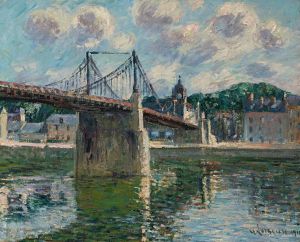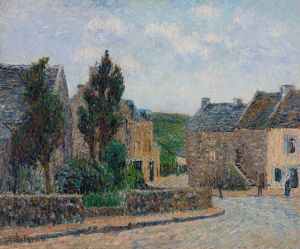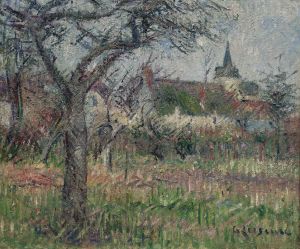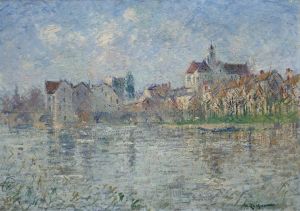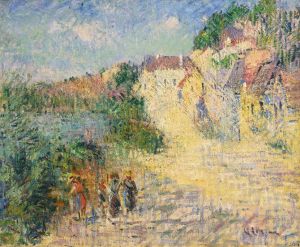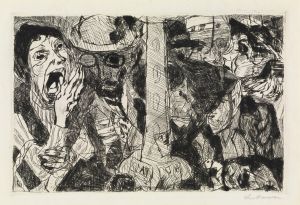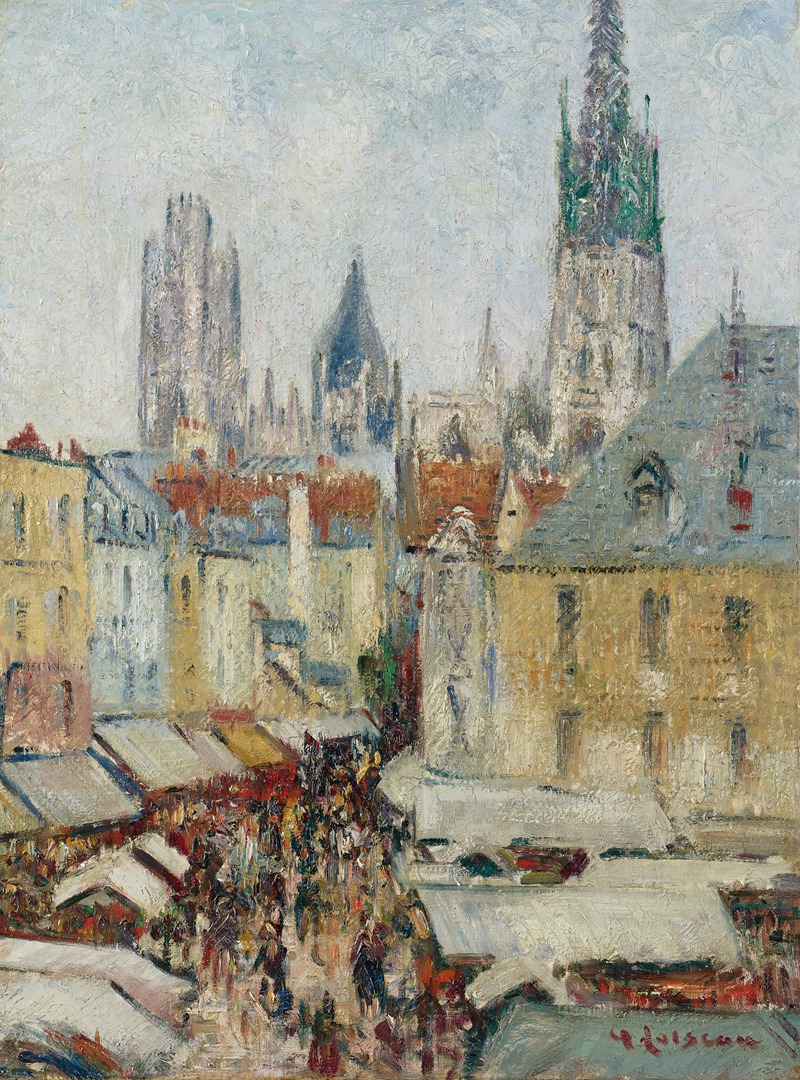
Rue De L’épicerie À Rouen
A hand-painted replica of Gustave Loiseau’s masterpiece Rue De L’épicerie À Rouen, meticulously crafted by professional artists to capture the true essence of the original. Each piece is created with museum-quality canvas and rare mineral pigments, carefully painted by experienced artists with delicate brushstrokes and rich, layered colors to perfectly recreate the texture of the original artwork. Unlike machine-printed reproductions, this hand-painted version brings the painting to life, infused with the artist’s emotions and skill in every stroke. Whether for personal collection or home decoration, it instantly elevates the artistic atmosphere of any space.
Rue De L’épicerie À Rouen is a painting by the French Post-Impressionist artist Gustave Loiseau (1865–1935). Loiseau is best known for his landscapes and cityscapes, which often depict scenes of rural France and urban life with a focus on light, atmosphere, and movement. His works are characterized by his use of the "en treillis" technique, a distinctive cross-hatched brushstroke style that adds texture and vibrancy to his compositions.
This particular painting, Rue De L’épicerie À Rouen, portrays a street scene in the historic city of Rouen, located in the Normandy region of France. Rouen was a popular subject for many artists, including Claude Monet, due to its rich architectural heritage and picturesque streets. The painting captures a view of Rue de l’Épicerie, a street near Rouen Cathedral, which was a bustling area known for its shops and market activity during Loiseau's time.
Loiseau's depiction of Rue De L’épicerie emphasizes the interplay of light and shadow, a hallmark of his Post-Impressionist style. The painting likely reflects his interest in capturing the transient effects of light and the atmosphere of the scene, rather than focusing on precise architectural details. The brushwork and color palette suggest a lively, dynamic environment, with muted tones and dappled light that evoke the mood of a typical day in Rouen.
The exact date of the painting is not definitively documented, but it is consistent with Loiseau's broader body of work, which often explored urban and rural scenes in France during the late 19th and early 20th centuries. Loiseau was influenced by the Impressionist movement, particularly the works of Claude Monet and Alfred Sisley, but he developed his own unique approach that blended Impressionist techniques with a more structured compositional style.
Rue De L’épicerie À Rouen is an example of Loiseau's ability to capture the essence of a place through his distinctive artistic vision. The painting reflects his dedication to plein air painting, a practice in which artists work outdoors to directly observe and render the natural environment. This method allowed Loiseau to create works that are both spontaneous and deeply atmospheric.
Today, Gustave Loiseau's paintings are held in various private and public collections around the world. His works continue to be appreciated for their ability to convey the beauty and vitality of everyday life in France during his era. Rue De L’épicerie À Rouen stands as a testament to Loiseau's skill in capturing the charm and character of French urban landscapes.





